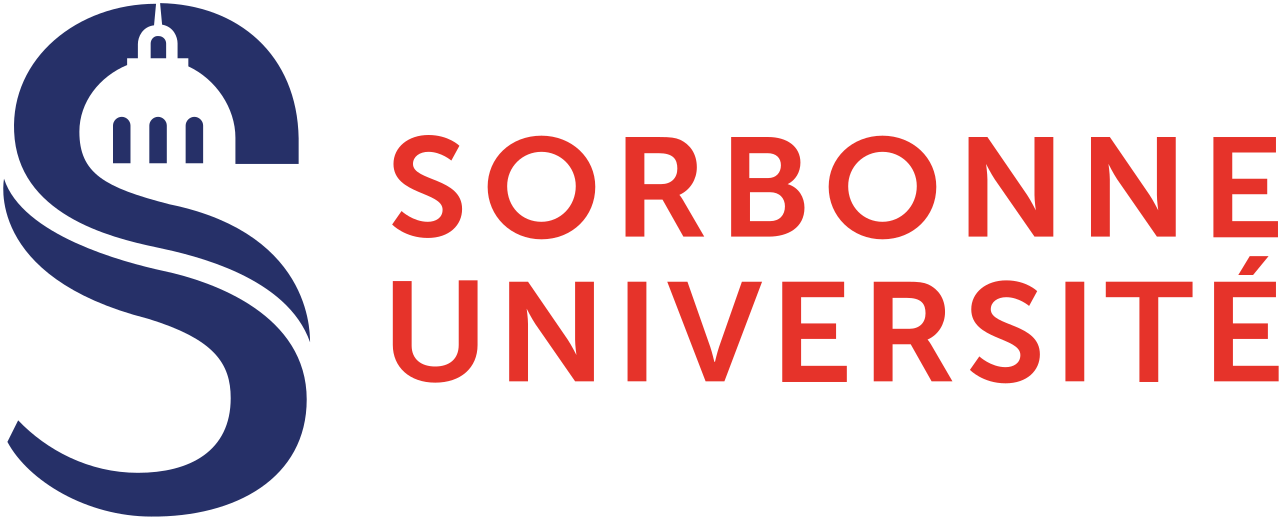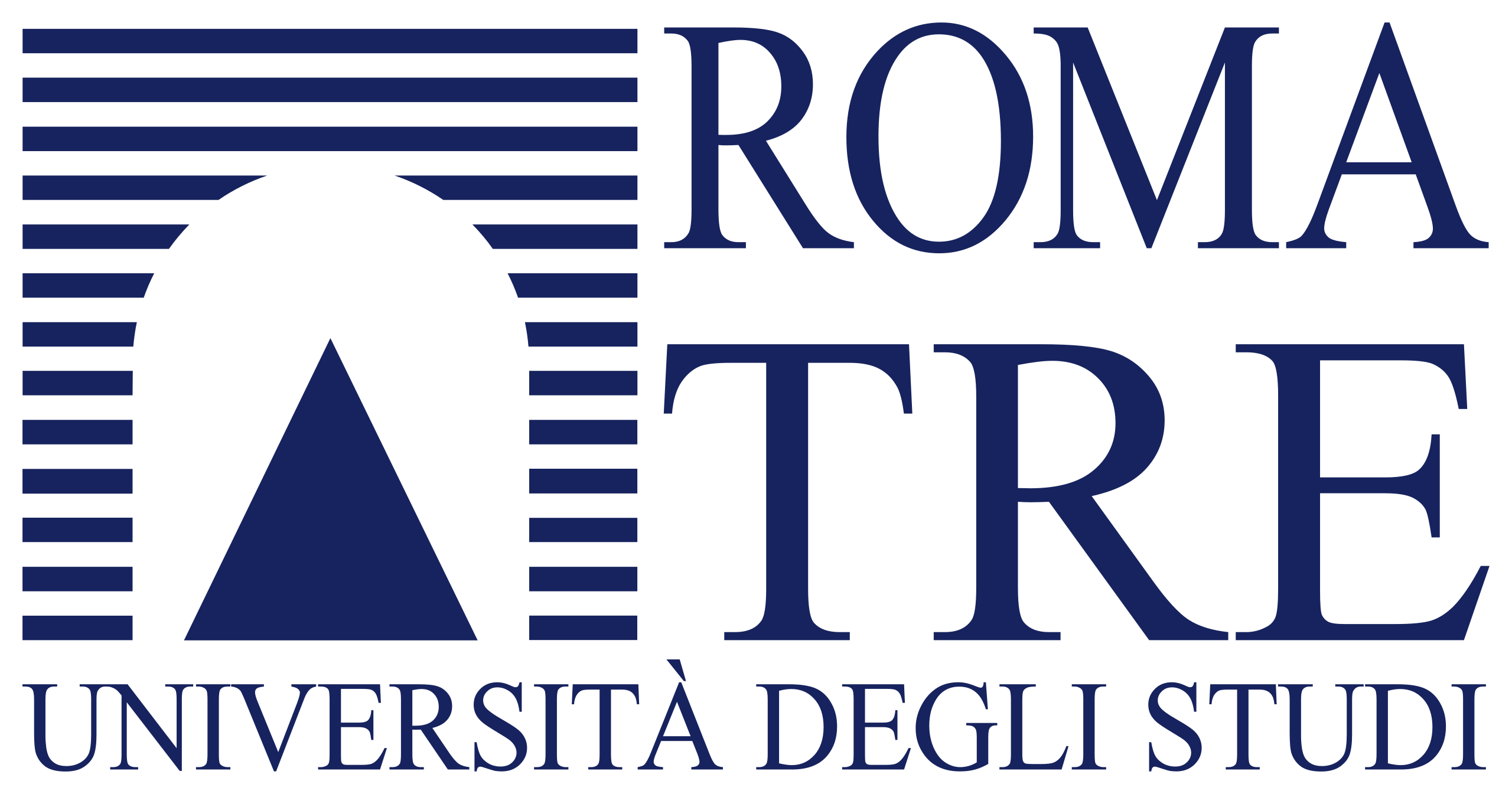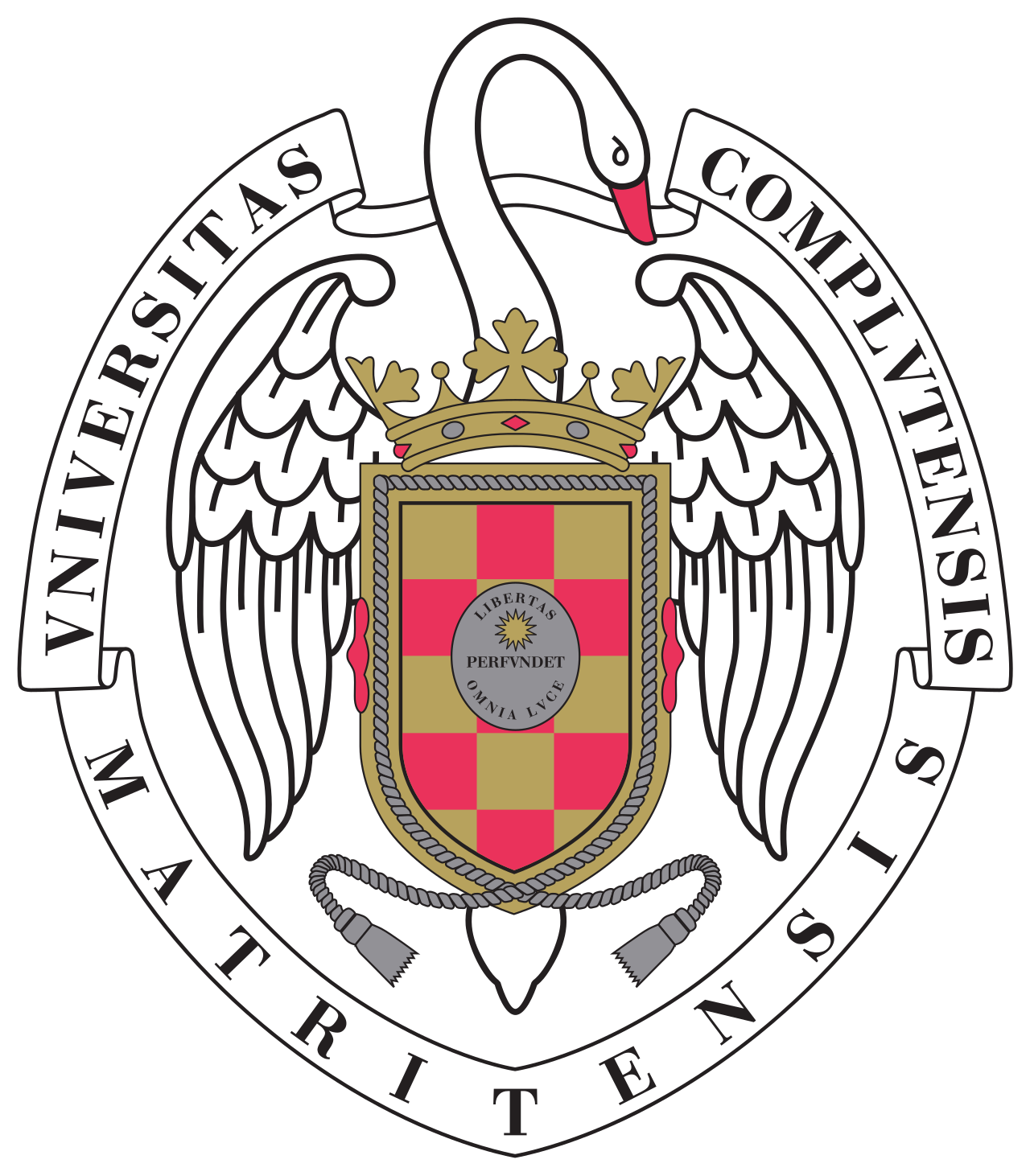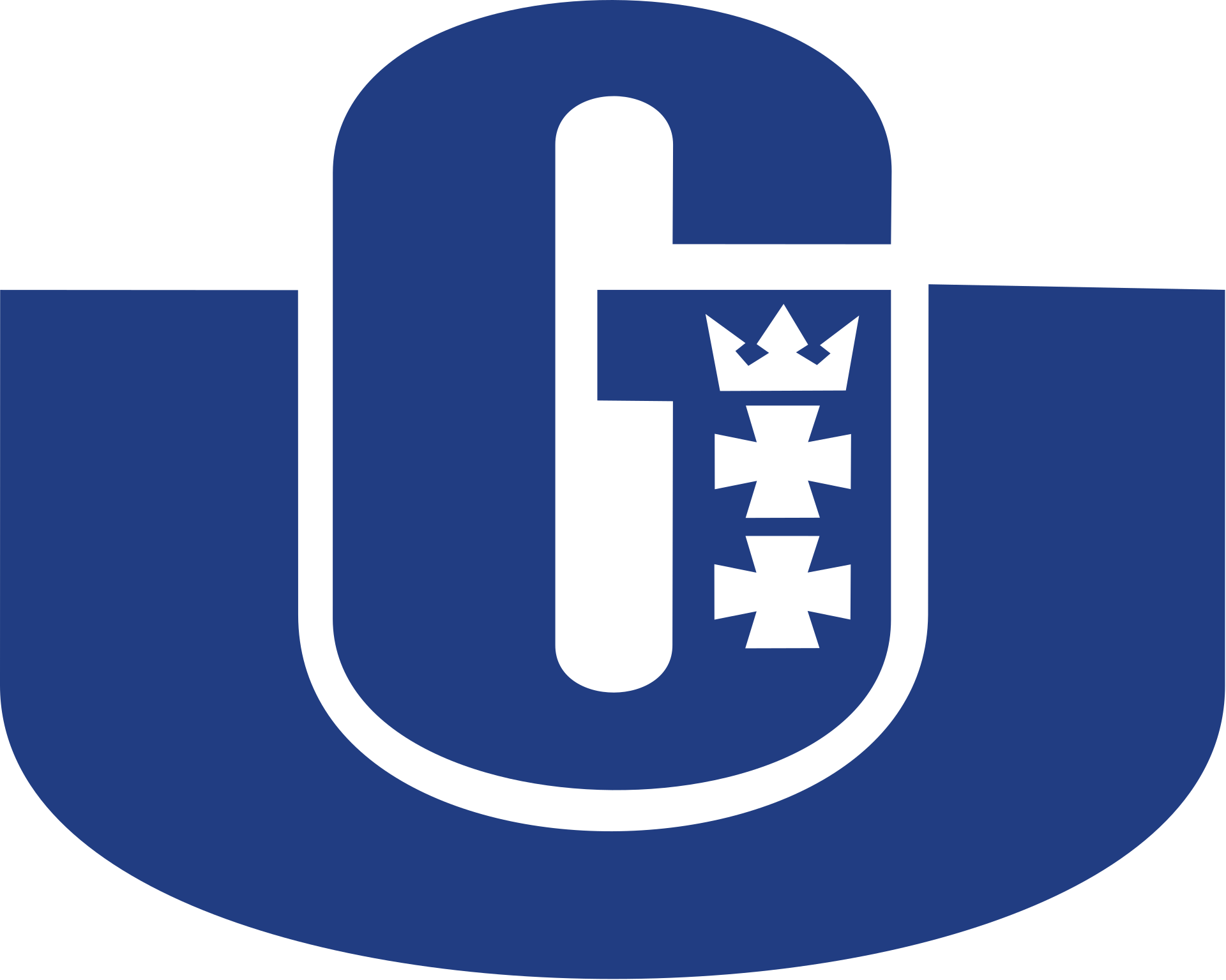STORMYTUNE Partners
Paderborn University stands both for modern education and innovative research. With its mission as a University for the Information Society, UPB embodies the concept of a modern profile university. UPB hosts the Institute for Photonic Quantum Systems (PhoQS) an interdisciplinary consortium of groups from the fields of experimental and theoretical physics, mathematics, computer science, and engineering, who work together to promote photonic quantum technologies from fabrication to application. Further, UPB features excellent cleanroom facilities and long-lasting experience in the fabrication of integrated non-linear devices.
The Integrated Quantum Optics group (IQO), led by Christine Silberhorn, has established itself as a well-recognized international team in the field of experimental quantum optics and information science based on integrated optics with pulsed light and quantum walks. The group currently consists of five senior scientists, five post-doctoral researchers, twelve PhD students, three highly-qualified cleanroom staff members, and a large number of talented undergraduate students. The long-lasting experience of partner UPB in time-frequency quantum state and process engineering in conjunction with their recent work in quantum metrology, which was carried out in collaboration with partners UCM and UPOL, make them ideally suited for carrying out the ambitious research of this project.
The IQO group has cleanroom facilities complete with waveguide lithography equipment, allowing for the design, fabrication, and customization (e.g. periodic poling) of nonlinear waveguide devices based on Lithium Niobate (LN) or Potassium Titanyl Phosphate (KTP) on-site. The IQO group also has significant optical laboratory space and equipment, including ultrafast laser systems and optical parametric oscillators allowing for multiple femtosecond pulses over a wide wavelength range to be simultaneously generated, as well as high-resolution conventional and single-photon spectrometers, high-resolution single-photon time-tagging electronics, and high-efficiency superconducting single-photon detectors with low timing jitter.
If you are interested in what we are doing, why not have a look at our homepage?
The Ultrafast Quantum Optics Group (UFQO) at Imperial College London, led by Prof. Ian Walmsley, comprises two departmental lecturers, 8 post-doctoral researchers, and 10 DPhil students. The group has extensive expertise in the generation, manipulation, detection, and storage of quantum light and its application to optical quantum information. Key leading research contributions include sources of high purity heralded single photons, practical photon-number resolving detection, and broadband, room-temperature quantum memories in warm atomic vapours and solid-state media. Recently the group developed a new memory protocol (off-resonant cascaded absorption, ORCA) and demonstrated noise-free storage and retrieval of broadband single photons, with wide-bandwidth non-stationary linear filtering capability, ideally suited for the present project.
The proposed research contributions by ICL will be carried out in a suite of newly refurbished laboratories (2019) each equipped with high-power Ti:Sapphire laser systems, heralded pure-state single-photon sources, and a wide range of optics, electronics, super-conducting photon-counting detection and general laboratory instrumentation. These facilities are located in the Denys Wilkinson Building and Clarendon Laboratories, each of which houses professional and research mechanical workshops, and several highly-qualified electronics and optics engineers capable of the design and construction of advanced circuits or optical assemblies needed for quantum optics experiments. A high-power computer cluster, administered by Prof. Dieter Jaksch, hosted at the University of Oxford will be accessible for sophisticated data analysis. This extensive infrastructure will be available for the proposed research project, with the required laboratory space and laser time allocated.
Born from the merger of Université Pierre et Marie Curie and Université Paris Sorbonne, whose campuses are in the heart of Paris, Sorbonne Université covers all major disciplinary fields and offers new transversal academic and research programs. Sorbonne Université becomes a fully multidisciplinary research-intensive university with three faculties: Humanities and Social Sciences, Medicine and Sciences & Engineering.
With more than 55,600 students (among 10,200 international students), 4,500 doctoral students and 6,400 researchers working in more than 130 laboratories, Sorbonne Université is one of the leading French universities.
The university is involved in numerous European and International partnership agreements and has France's largest scientific library and infrastructures bringing together the best talent in a wide array of these disciplines. With 8,500 publications per year (approx. 10% of all publications in France), Sorbonne Université is a major player in international knowledge and innovation economy, offering transversal academic and research programs. In addition to Nobel Prizes, Fields Medals and other awards, the university has exceptional transdisciplinary institutes and is also the headquarters for the European Marine Biological Research Centre. The Shanghai 2019 University list ranks Sorbonne Université 11th in Europe, 44th in the world and 11th in the world for Physics. Its longstanding tradition of quality is witnessed by the fact that 17 Nobel laureates have studied at the Faculties of Science and of Medicine in Paris, from which Sorbonne Université is the main heir. Physics and more especialy LKB is at the core of its excellence with 3 Nobel Prizes in Physics.
The Research and Innovation office, which is in charge of the European projects at the university, has managed so far 150 FP7 and more than 130 H2020 projects (40 ERC grants and 45 industry-sponsored research chairs). It currently hosts about 40 Marie S. Curie PhD students and post-doctoral fellows.
The Laboratoire Kastler-Brossel (LKB) is a research unit jointly run by Sorbonne Université, the Centre National de la Recherche Scientifique and Ecole Normale Supérieure. It is a large research unit with 60 permanent scientists, 25 administrative and technical staff, and 80 visiting scientists, postdocs and PhD students. It has internationally recognized expertise in quantum physics, from foundations to applications.
The Multimode Quantum Optics group (MQO), led by Nicolas Treps, has an internationally recognised position in the study of quantum effects, such as squeezing, quantum correlations and entanglement produced by Optical Parametric Oscillators (OPOs). Its activities are centred on highly entangled multimode states of light, both experimentally and theoretically, benefiting from the many degrees of freedom of light. Applications in view are measurement-based quantum information processing in the continuous variables scenario and quantum and classical multiparameter estimation. The team members have extensive experience on quantum technologies, especially the one based in continuous variables encoding. The team has also a long tradition of technology transfer, participating to the foundation of CAILabs startup company and using multiplexed detection for laser dynamics study in collaboration with industry.
The MQO group has a fully equipped lab with state of the art femtosecond oscillators, locking devices and spectrum analyzers. It has sufficient laboratory space with support from a both a mechanical and an electronic workshop. It has developed pulse shaping facilities, multimode squeezing sources in the time/frequency domain and high efficient detection systems.
Università Roma Tre is a public teaching and research university with a teaching staff of 2500+ professors. The Science Department, established in 2013, groups around 200 members, including teachers, technicians, and postdoctoral scientists, and has recently been awarded the prestigious status of “Excellent Department” by the Italian Ministry of Education.
Marco Barbieri has given contribution to investigating time-frequency degrees of freedom in quantum photonics, demonstrating protocols in quantum computation and communications, and working on state characterisation. He is an expert in quantum metrology, and has pioneered multiparameter extensions.
The Quantum Optics group at Roma Tre is equipped with state-of-the-art material for experiments at the single-photon level, including a high-brightness photon-pair source, and single photon detectors. Support in the project will allow the purchase of laser equipment to extend the capabilities of the laboratory.
The group of Costanza Toninelli offers expertise and equipment for single molecule experiments and characterization. Infrastructures at CNR-INO include a closed cycle cryostat, equipped with a spectrometer, a Hanbury-Brown Twiss setup and an EMCCD camera. Fast modulator and tuneable laser source will be purchased for the purposes of the project.
Universidad Complutense de Madrid (UCM) is one of the largest public and research Universities in Spain and all around Europe. With a tradition beyond 5 centuries, UCM has become a very important institution in terms of higher education and research activities. UCM is home of research groups which are in the cutting edge of research in many areas. UCM technological scientific infrastructure (with an annual budget almost reaching 600M€), together with the quality of its researchers (more than 6000), has established some of its laboratories among the best, all around Europe. Within it, the Faculty of Physical Sciences is divided in 5 Departments covering all areas of Physics, with 220+ staff members.
The Classical and Quantum Interference group at UCM, led by Prof. Luis L. Sánchez-Soto, has established itself as a well-recognized international team in the field of quantum optics and information science. The expertise of the group includes quantum tomography, quantum polarisation, quantum imaging, phase-space methods, and foundations of quantum mechanics. The group currently consists of one Full Professor, two Associated Professors, and two PhD students.
The group at UCM possesses a sufficient computer infrastructure to run extensive numerical calculations related to the project.
Palacký University Olomouc is a university with long-standing tradition. Founded in the 16th century, it is the oldest university in Moravia and the second-oldest university in the Czech Republic. Today it is a modern higher education facility with eight faculties and a wide range of study programmes and copious scientific and research activities. The research will be carried out at the Department of Optics, Faculty of Science. The team oriented to quantum tomography, detection and estimation consists of 2 professors, 2 post-docs and at the moment 2 PhD students. Profs. Z. Hradil and J. Rehacek have substantially contributed to statistically motivated estimation methods such as MaxLik and MaxEnt estimation, quantum state reconstruction and recently to the super-resolution achieving the limit of Quantum Fisher information.
The group at Department of Optics, Palacký University is equipped with state-of-the-art laboratories for experiments in digital holography and optical image processing achieving the super-resolution in spatial domain including laser sources, phase modulators intensified CCD camera, Shack-Hartmann wave-front sensor or DMD modulator. Support of the project will allow to extend the capabilities of the laboratory.
University of Gdańsk (UG), www.univ.gda.pl, is the largest research and higher-education institution in the region of Pomerania. In the second half of 2018, the International Center for Theory of Quantum Technologies was created as a new research unit within UG. The strategic partner of ICTQT is the Institute for Quantum Optics and Quantum Information of the Austrian Academy of Sciences in Vienna. ICTQT is focused on research within quantum foundations, quantum communication and information, with participation in the Future and Emerging Quantum Technologies as one of its principal aims. The basic broad aim of ICTQT is to create stable institutional environment to allow Poland to play an important role in Europe in the second quantum revolution, expand Polish excellence in quantum research, allow Poland to have a chance to benefit from the emergence of quantum technologies, not only in terms of their usage, but also in terms of their development and production.
Research at UG, related with the future quantum technologies, started in late 1980’s in Institute for Theoretical Physics and Astrophysics (IFTiA), and as of 2007 also in National Center for Quantum Information (KCIK). IFTiA conducts research in the following areas: Quantum information theory, Mathematical Physics, Modeling complex systems, Atomic and molecular physics, Interaction of light with atomic systems, Foundations of quantum mechanics and Astrophysics. KCIK was devoted to coordinating quantum information science in Poland. ICTQT works in synergy with KCIK, integrating Polish theoretical research in quantum technologies. The whole research environment in Gdańsk (IFTiA, KCIK and ICTQT) is among world leaders in quantum information. Their research articles pertaining to quantum information are now cited at the rate of 2500+ per year.
ICTQT possesses a sufficient computer infrastructure to run extensive numerical calculations. It is also expanding its administration and project management section in order to allow future hosting of international research projects with special emphasis on science&industry consortia.
M2 is a leading manufacturer of next-generation lasers and photonic systems. M2 has global reach and provides sales and service throughout Europe, the US and Asia. The core of M2’s revenues are associated with SolsTiS, a class-leading laser for atomic and molecular physics applications sold to the global quantum technology (QT) community for the last 11 years. Leading QT customers include: NIST (clocks); MIT (Nobel prize winner Ketterle); Tokyo University (teleportation) and Riken. M2 enjoy a proven track record in translating technology from the development laboratory to the market place and their innovative approach has been recognised with Queen’s Award for Innovation 2016 and International trade 2017, listed on Deloitte 2017 technology fast 500 EMEA list, the Samsung Innovation Award from Lloyds National Business Awards 2016, and 2018, and IOP Business Innovation Award 2017. M2 frequently acquires the exclusive licenses for key technologies from academic and research organisations, to reduce the commercial risks of bringing innovative technologies to new markets. M2 has established links with the UK’s QT Hubs and is an associated partner of the Birmingham, Glasgow and Oxford hubs. Dr Hempler is coordinator of the ‘Laser Task Force’ in the Birmingham Hub. M2’s primary technology pillars for photonic applications are: quantum technologies; biophotonics; and industrial sensing. Quantum technologies include atom cooling, trapping, optical clocks and gravimeters. M2s unique selling point within these areas are its production of very high-specification low noise high stability laser systems. M2 constantly push the specifications of their laser systems to the maximum of their abilities.
M2’s Glasgow offices are high quality 400m2 facilities with ample space and infrastructure to conduct research and development activities. Approximately, 100m2 is dedicated to the innovation business unit to conduct research and development activities including 9 laser booths. M2 has fully equipped laser development laboratories as well as mechanics and electronics work shop and a dedicated application testing facility and houses the first industrially developed MOT and gravimeter.








